Stories From the Asylum Clinic: 2020–21
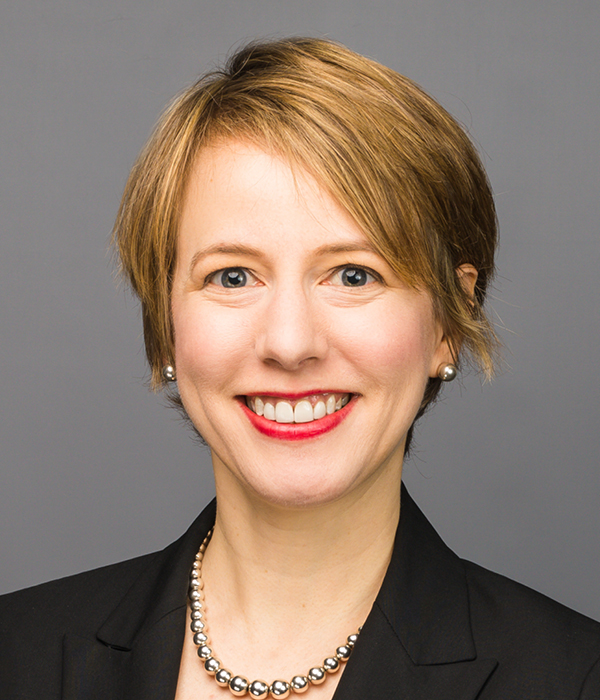
The 2020–21 academic year was fully remote for the Asylum Clinic. Though many of the eight clinic students have never met in real life, they learned to work as a team and to advocate tirelessly for their clients. While remote work created many challenges in our clinic work—problems with internet and phone connections, gaining our clients’ trust, and issues working between time zones—it also presented many opportunities. Though clinic students were physically scattered throughout the United States, we came together every Friday morning for our clinic seminar with guest speakers, who also “Zoomed” into our class from many different states as well as Mexico. Clinic students were able to engage in remote client work with asylum-seekers forced to wait in Mexico due to changes in U.S. immigration policies, and strengthened their client interviewing skills by this audio-only communication, which also involved using interpreters.
This academic year, clinic students represented asylum-seekers from Turkmenistan, Angola, Ghana, Guyana, and El Salvador. Many of our clients are members of the LGBTQ community who were persecuted in their home countries. While delays in the U.S. immigration system have increased exponentially due to COVID-19 related closures, some of our clients have had their asylum cases heard, and we are hopeful that others will be adjudicated soon.
After a federal court ruling in December 2020, allowing the filing of initial Deferred Action for Childhood Arrivals (DACA) applications, Asylum Clinic students worked with young adults from Mexico, the Dominican Republic, and Trinidad and Tobago to prepare their documents for submission. Clinic students have filed seven initial DACA applications for these young adults, many of whom have lived in the United States since they were infants.
Through a partnership with the Interfaith Center of New York, students provided a remote “Know Your Rights” training for directly-impacted immigrant faith communities in Queens, New York. The students’ presentation focused on basic and civil rights laws clients should know when working with an immigrant services provider or attorney and with dealing with Immigration and Customs Enforcement (ICE).
The Asylum Clinic also partnered with two outside organizations, Al Otro Lado and the Immigrant Student Success Center at John Jay College of Criminal Justice, to provide remote assistance over the academic year. With Al Otro Lado, students received training and then provided remote assistance to asylum-seekers in the Migrant Protection Protocols (MPP) program, which forced asylum-seekers to wait in Mexican border cities for their U.S. immigration court dates. Clinic students helped 12 asylum-seekers from El Salvador, Guatemala, Cuba, and Nicaragua to complete their asylum applications. In mid-February 2021, the Biden Administration ceased entering asylum-seekers into the MPP program and slowly started to parole individuals and families into the United States to remain while their asylum cases were adjudicated. Clinic students advocated with the United Nations High Commissioner for Refugees (UNCHR, also known by the Spanish-language acronym ACNUR) to help these 12 individuals and their families to be paroled into the United States. They are now living in the United States and are filing their prepared asylum applications in Immigration Court to move their cases forward.
Thanks to our partnership with the Immigrant Student Success Center at John Jay College of Criminal Justice, Asylum Clinic students engaged in remote immigration legal screenings for 28 John Jay community members to address immigration questions and concerns.
– Professor Claire R. Thomas '11
Thoughts on Asylum Clinic
Eliza Garifullina 3L
I am so grateful for the opportunity to be a part of the Asylum Clinic during my second year at NYLS. I have gained so much experience working with clients remotely. Assisting clients remotely has certainly been a challenge for me, especially at the beginning of the clinical year. However, as the time went on, I got used to it and even started to enjoy it. I saw a lot of benefits in doing immigration work remotely. Being able to connect online at home and not having to commute made scheduling meetings with clients easier because most of them were available during the day and evening. I also learned how to interview clients on the phone, and this clinical year taught me how to build relationships with people without seeing them in person.
Even though there were minor challenges with working remotely, such as unstable internet connection or inability to see our clients in person, I truly enjoyed my remote experience at NYLS Asylum Clinic. I learned to feel comfortable and confident in connecting and assisting our clients in this remote world.
Aubrey Thompson ’21
This past year has been full of ups and downs. Life, for the most part, hit a standstill, but not for those seeking relief through the American immigration system. Due to the COVID-19 pandemic, our Asylum Clinic had to adapt quickly to our now online world in order to continue helping those who need it most. Our work has been 100 percent virtual this year, meaning the entirety of our class meetings, supervision and partner meetings, and client meetings have been via Zoom, Microsoft Teams, or phone calls. To some this may seem like a nightmare, but in the world of immigration, this has been a major benefit.
Due to the shift to online work, we have been able to help people who were not even in the United States. For example, through our volunteer work with Al Otro Lado, I was able to help two women in Tijuana, Mexico fill out their asylum applications in a matter of a few hours while I was in Dallas, Texas and my interpreter was in California. If the world had been operating at pre-pandemic “normal,” getting everyone in the same room together would have been much more difficult to schedule.
Taylor Weber 3L
Throughout Asylum Clinic, you’ll find yourself partnered up with at least one of your classmates for a significant period of time. For me, this was the first time I was paired with someone else for such serious work. I found working with my various partners to be fulfilling and educational, but there are always going to be speed bumps when handling such sensitive manners with people who may think or work differently than you. Figuring out how to handle differences with a partner is key. You need to trust yourself, as well as your partner, and trust that you both have your client’s best interests at heart.
Our partners were our teammates, and we relied on them to make sure that our clients were properly represented. Therefore, there was always a sense of ease knowing that no matter what we might disagree on, ultimately, our goals were always the same. Not to mention, sharing the struggles and burdens of client work with someone else was such a relief at times. I was so lucky to have someone there who understood what I was going through. Trusting in my partner was so important. Even when we butted heads on small matters, I knew that when push came to shove, we needed each other, and we could get through it with solid communication. And I was lucky enough to be able to rely on Professor Thomas to be a solid mediator with great advice when needed as well.
Asylum Clinic Students 2020–21
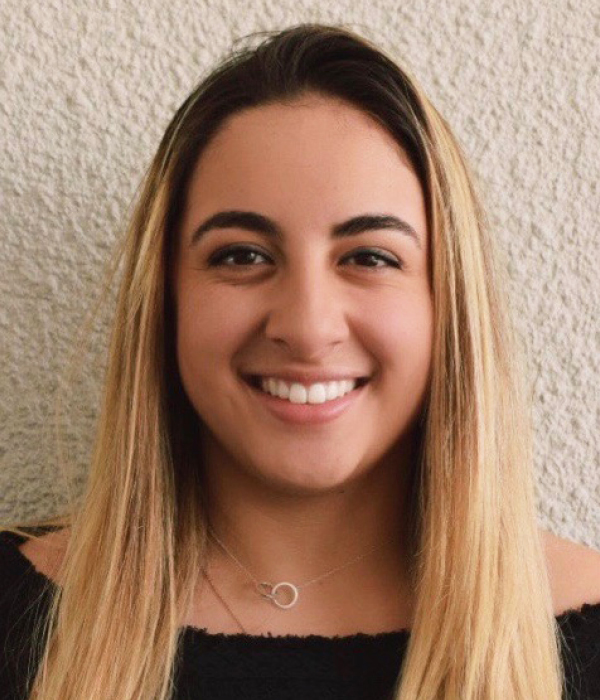
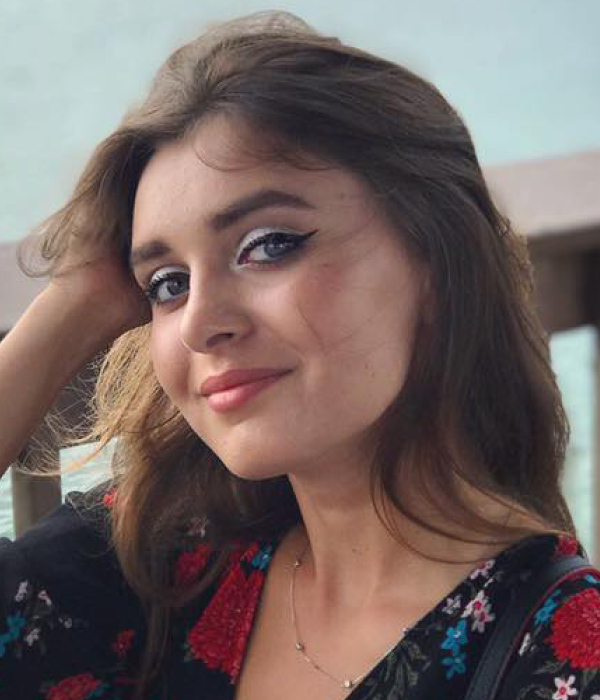
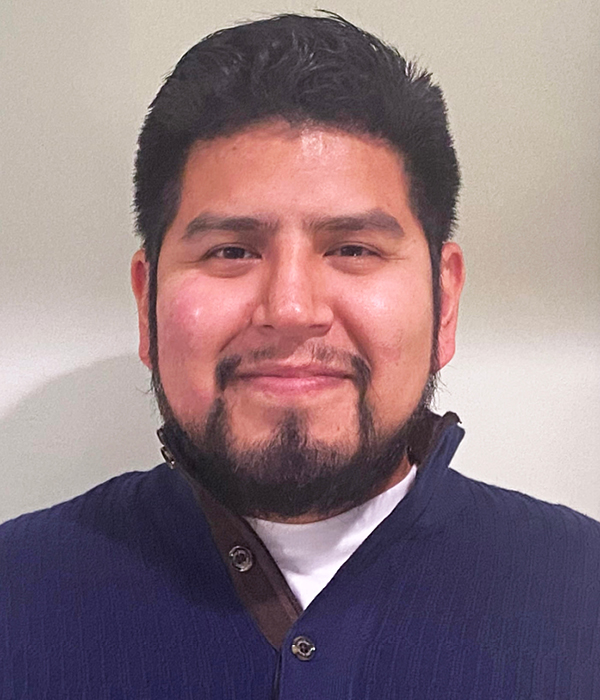
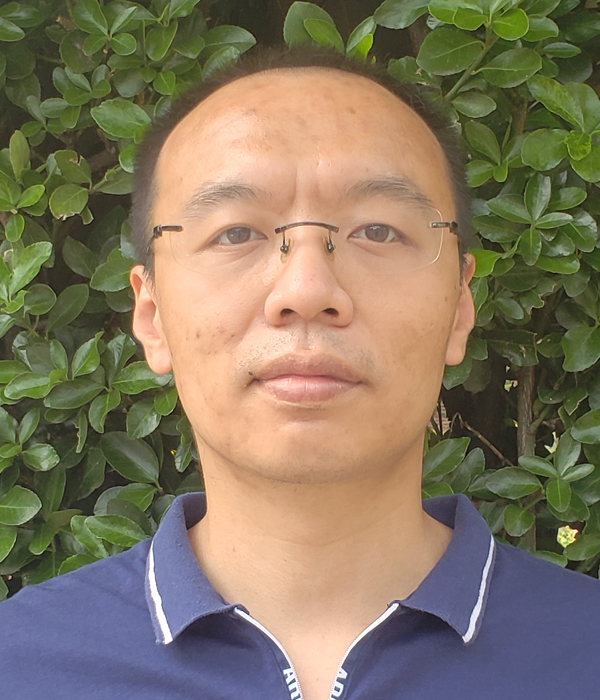
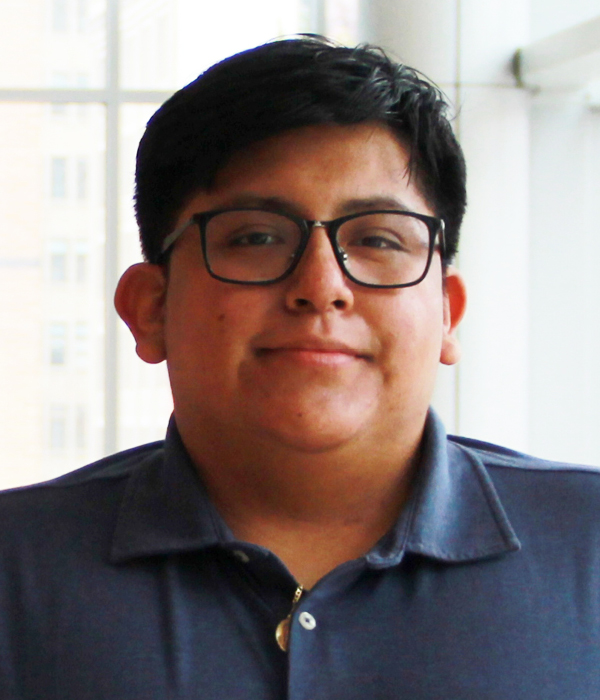
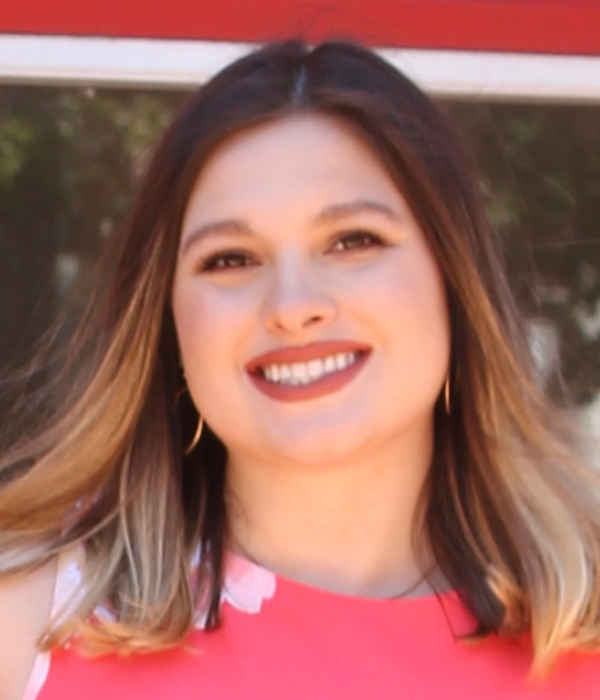
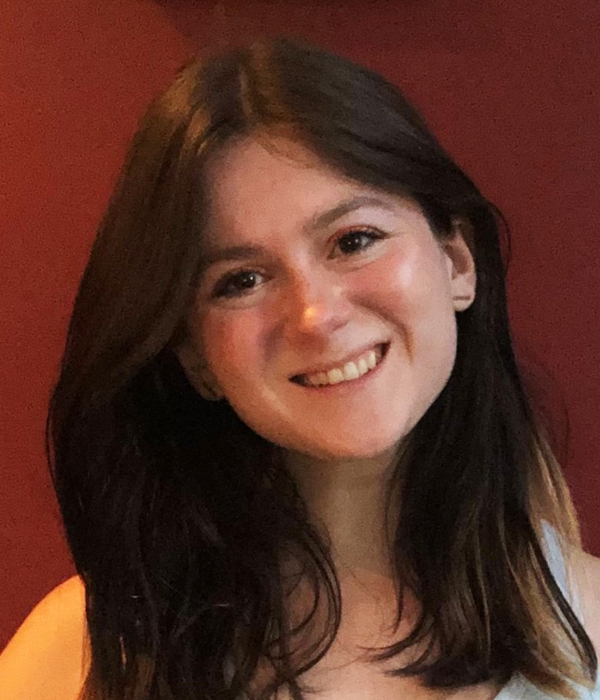
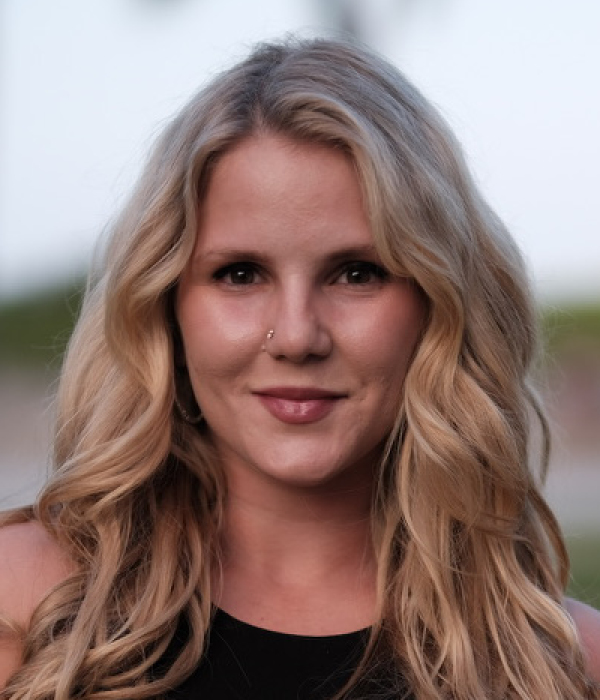
Experiences Working With Clients
Client Success Story
Despite huge delays in the U.S. immigration system, one of our clinic clients, S, a young woman who was a political activist and student from Central Asia, was granted asylum in June 2021. Clinic students Taylor Weber 3L and Eliza Garifullina 3L worked on S’s case, including very intense work just before finals in the spring semester as S’s case was scheduled for her Asylum Office interview.
Taylor Weber stated: "I'm over the moon hearing about S's asylum victory. It's both humbling and thrilling to be a part of something so much bigger than myself. I'm especially proud of S, who was wonderful to work with. Even when my clinic partner and I struggled, she never doubted us. She pushed us to work harder and be more present, and she was confident and eager to see this through. When she told us that her asylum application was approved, she was so excited, and more than that, so relieved. All of the stress and turmoil was finally over, and she could be free to relax and feel safe here in the United States. It's indescribable, knowing I played a part in changing someone's life for the better.
The Asylum Clinic has done so much to help asylum seekers across the world. I'm especially grateful for the informative guest speakers we've had, as well as our chance to give a presentation on immigrant rights in their communities."
Carolina (Lina) Abdullah 3L
The semester had just started when I was copied on a three-page memo from Professor Thomas assigning me and my partner our client for the first time. The pandemic was in full stride, and we were fully remote. I had no idea how I was supposed to work with someone I had never met to help a client I may never even see. Nevertheless, those three pages were powerful, heart-breaking, and overwhelmed me with a desire to help.
My client was a bright, twenty-something year old African woman. She ventured to the United States with her family to escape persecution of government actors who were trying to send a message by torturing and killing her just as they had her father. My job was to help her seek asylum, so she could chase her dreams of completing her college education and seal the door to her painful past.
When we were first assigned this case, we were in a hurry to file to ensure we met the one-year statutory deadline. We had a couple of brief Zoom calls, trying to get to know enough about her and her story to put together her asylum application. Her story was nothing short of agonizing and her endless tears and emotional breakdowns drove me to pour everything I had into her case.
With time and effort, we managed to build a trusting relationship. We spoke twice a week, sometimes for hours at a time, and she finally felt comfortable opening up to us.
Eventually, many months later, her story started to unravel. It was as if she didn’t know the basic details that she should have known. She was justifying hiding key details from us, didn’t know the names of the family friends that helped her escape—even though she supposedly knew them for 18 years—and, despite our efforts to give her the benefit of the doubt, her timeline did not add up; it was essentially impossible that the order of events could have taken place the way she described.
At first, we chalked it up to trauma causing her memory loss—which is quite common in asylum-seekers. We set her up with a therapist to help her work through that trauma and provided her with any emotional support she needed from us.
But eventually, we grew more suspicious of how she was simply unable to tell us essential details of her claim. It seemed like she was unable to communicate anything to us without her sister telling her exactly what to say. That’s when we realized: She was never in the room alone when she was talking to us. At times when we were asking her questions, she would put us on mute, turn her camera off, and then return three minutes later with the answer.
In April 2021, the COVID-19 protocols were beginning to relax, and NYLS allowed for us to bring her in for a face-to-face interview. When she didn’t answer any of our questions that morning, it truly felt like she was unable to speak for herself. Considering that the facts of her claim had changed drastically since our first meeting, she was not being forthcoming with us whatsoever, and we caught her lying to us, we were forced to terminate our representation of her.
It was then that I started thinking what might have been different if we were not living in a remote world. Would we have caught onto this fraud earlier if her story had unraveled without her sister’s interventions and gap-filling? Would we have been able to learn what actually happened? Would we have been able to use her body-language as she sat in the room with us to determine she wasn’t being fully honest with us?
All of these questions are open-ended, because we weren’t in-person, but so much might have been different if we were.
Yang Gao 3L
An asylum case, whether it is defensive (the client is in removal proceedings) or affirmative (the client will appear before the Asylum Office), requires a lot of work. For our client’s defensive asylum case, my clinic partner and I needed to interview the client, draft affidavits, do legal research, work with interpreters, and report to our supervising attorney. Most often, a client in an asylum case, like our client, suffered severe persecution before entering the United States. As such, a client may not trust people easily and not be very forthcoming when they communicate with people including their attorney.
It was clear to me and to Aubrey from our first meeting with our client that he was a nice guy and would readily share his story with us. However, in the beginning, what he told us was too general for us to draft an affidavit or create a theory for his asylum case. Most of the time, he would only give us a short answer when we were hoping he would give us a more detailed description.
Aubrey and I spoke with him and explained to him how the asylum system works, and why he needs to tell his story in detail to us and, in the future, to an immigration judge. Even though his English was good, we also used an interpreter to help him feel more comfortable speaking in his first language. We built a much closer relationship, and he started to trust us and tell us more details, which allowed us to build a stronger case for him.
I also worked on a Special Immigrant Juvenile Status (SIJS) case with Jaime. Although I am in an immigration law clinic, the laws related to this case come from both federal immigration law and state family law. For our young client, a SIJS case started by filing a guardianship petition in New York family court.
Before starting the case, Jaime and I did a lot of preparation work. We analyzed our client’s eligibility for SIJS status, interviewed her to draft her affidavit, and prepared the family court documents. From the experience, I learned much more about the nuances of how family court works, including how the documents should be drafted to meet the many requirements for client’s eligibility for SIJS, how to serve people with court papers, how COVID-19 and state court closures impacted the timing of filing our client’s guardianship petition, and how different rules in different states can affect a guardianship or custody petition.
Working with Al Otro Lado (AOL)
Edwin Gil ’21
Working with Al Otro Lado to help asylum applicants in Mexico has been a challenging yet rewarding experience. AOL’s clients are some of the most vulnerable. They are people fleeing from their country of origin in search of asylum in the United States. At the time, the Migrant Protection Protocols (MPP), better known as the “Remain in Mexico” policy, was in place. Due to this policy, asylum-seekers coming to the southern U.S. border had to wait in Mexico throughout the duration of their cases pending in the U.S. immigration court system. What most people don’t realize is how long asylum cases can take in the immigration courts. Most applicants can expect to wait years for their case to finally be heard. Therefore, the “Remain in Mexico” policy meant that thousands of asylum-seekers were forced to wait in a foreign country that has its own issues with security, corruption, and drug violence.
My clients with AOL were clearly struggling. Due to the MPP, they were living in dangerous areas of border cities because they didn’t have much money for anything else. Having been forced to leave their homes, their families, and their friends, they now were being forced to endure living in dangerous areas of a foreign country. My AOL clients had very traumatic experiences in their home countries, enduring the unendurable before finally making the decision to make the dangerous journey to the United States.
In the calls I had with my clients, I worked with an interpreter over the phone to prepare their Form I-589, which would allow them to formally apply for asylum in the United States. Since immigrants are not appointed legal counsel, filling out that form correctly and accurately in English can have a huge impact on the outcome of a case for a client who otherwise wouldn’t be able to prepare such a form on their own. Without AOL and those who volunteer their time and legal knowledge, these applicants would be forced to prepare, in a foreign language, a form that will have significant impacts on their future immigration proceedings. Though it was challenging, I’m glad I was able to help some of the most vulnerable people in the immigration community.
Jaime Balbuena Hernandez 3L
It was an amazing experience to work with clients who were in the Migrant Protection Protocols because we were helping people forced to flee their country fill out their applications for asylum. At the same time, it was heartbreaking to know that all we could do was help fill out the individual’s asylum application, help them gather evidence, and then proceed to tell them that they might have to represent themselves in the future before an immigration judge. Individuals typically have a higher chance of getting their asylum approved when they’re represented by an attorney, rather than pro se, or representing themselves.
There were some language barrier and internet issues that made communicating with Al Otro Lado clients a bit difficult. Although I am a fluent Spanish speaker, Spanish varies in Latin America, and words often have multiple meanings or different words are used to represent the same thing. Being from Mexico, I sometimes had trouble understanding what the client was saying, and it could take a few seconds to fully understand what they meant so that we could move on with the conversation. After being on the phone with a client for hours, both the client and I would start to understand each other more, making the conversation easier. However, because the clients were in Mexico, most of them did not have stable internet connection and phone calls would often drop or cut in and out, making it difficult to understand the client. This led to dropped calls and we would have to wait until their connection was better for us to resume our conversation.
Helping AOL clients fill out the asylum applications also helped me improve my legal screening and issue spotting for asylum applicants. Screening immigrants for potential paths to residency or relief can often be overwhelming because of the several paths one may take. Although asylum is only one path, there are still many stops to complete within that one path to be granted asylum. By helping the clients fill out their applications, I have come to better understand how to help clients communicate their experiences for their best chance at being granted asylum.
Taylor Weber 3L
The Asylum Clinic’s work with Al Otro Lado and John Jay is truly something special. It was so fulfilling completing screenings and working with my classmates.
One of the more challenging aspects of our screenings was working with translators. I cannot stress how hard these people worked with us to ensure that our clients had an effective and thorough means of communication. While the translators were necessary for our work, it can also be tough to establish a connection with your client when you’re communicating through a third party. There are a lot of linguistic nuances that you miss out on—tone, colloquialisms, etc. Not to mention the struggles of translating with clients abroad. One of my AOL clients had unstable internet connection and was unable to connect via phone call, so our translator had to translate chunks of text through WhatsApp or lengthy voice messages. What ordinarily would have taken half an hour took two or three times as long. It could be extremely exhausting at the end of the day.
Natalie Young ’21
Working with Al Otro Lado has taught me how to effectively communicate with a new client and an interpreter because it is imperative to obtain the necessary information during a few phone-call meetings. However, my most recent AOL experience was the most memorable one by far.
I vividly remember sitting at my desk in Nashville, Tennessee, watching the snow fall outside as I began working with my first AOL client of the second semester. This was during the snow and ice storm that swept across the South. I had been trapped in my home several days at this point, becoming extremely antsy. However, once I began this phone call, I became totally immersed in my conversation with my client and the interpreter.
My client began telling me his life story, his traumatic and shocking recollections of why he decided to flee life as he knew it in the Bajo Aguán valley of Honduras in hopes of beginning anew in the United States—creating a safer life for him and his family.
I worked with an interpreter who had never volunteered with AOL before; it was her first time assisting with completing the Form I-589 (an asylum application). She is a university professor who focuses on issues related to immigration and human rights in Latin America. By chance, she lived in the Bajo Aguán area of Honduras for a number of years. She had extensive personal and historical knowledge of the violent agrarian conflicts that have been consuming the area for decades. Therefore, to hear my client’s personal experiences of the regional conflicts, coupled with the knowledge and experience from my interpreter, I was eager to learn more about this land dispute.
Since the 1960s, land reform initiatives in Honduras resulted in a number of laws being passed that began a program of land redistribution where thousands of acres of land were distributed to peasant families. This initiative was to provide the peasant families who suffer from extreme poverty with access to land and to provide a secure place of employment. While this redistribution process was shown to have a positive influence, it failed to halt the increasing concentration of landownership. Despite the land being transferred by the Honduran government, many families still hold no title to the land, which has resulted in extremely wealthy landowners simply taking this land—or even worse, killing or “disappearing” people to obtain this land.
In the Bajo Aguán valley, known for being a leading producer of African palm oil, there have been over 129 assassinations related to land conflicts in the past five years. The peasant families of the Bajo Aguán Valley in Honduras have been the victims of this dispute resulting from a number of factors: incomplete agrarian reforms, forced evictions, persecution, intimidation, criminalization, militarization and corruption to name just a few. These factors were actually the main topics of the conversations with my client and interpreter.
This deep-rooted issue of agrarian reform in Honduras is one that has existed for many decades and continues to devastate the lives of many peasant farming families. It is not a well-known or widely discussed issue. It is difficult summarize the complicated and tragic nature of the conflict that continues to affect Hondurans in only a few paragraphs. However, being able to help someone whose entire life was uprooted by this controversy makes me want to learn more about it and educate other people about this violent and deadly conflict.
Thank you, Al Otro Lado, for allowing NYLS’s Asylum Clinic members to have the opportunity to volunteer for such an outstanding organization. I feel so honored to have learned so much about Honduras from my client and my interpreter, and I am happy to report that he and his family are now safe in the United States.
Working with John Jay College’s Immigrant Student Success Center
Edwin Gil ’21
My experiences with the John Jay screenings have been a highlight during the semester. During a screening, you have the opportunity to speak one-on-one with participants. Though these screenings occurred over Zoom, I was able to effectively gather important information that would help us determine if the participant qualified for any immigration benefits. A tool we used during the screenings was a questionnaire designed to flag any potential immigration issues as well as potential immigration solutions for each participant. For example, it had questions that would help us determine if the participant met a requirement for a certain visa or if a participant’s immigration history had any “red flags” that would negatively impact them in future immigration proceedings.
Over the two semesters, I spoke with many Spanish-speaking clients from the John Jay community. I discovered that many of them felt more comfortable speaking to me once they learned that I was Latino. Due to the sensitive nature of information we needed to gather from them, I think they felt more comfortable opening up to someone from their own community. I explained to them why we asked them certain questions: to see if they qualified for asylum, certain humanitarian visas, or even employment-based visas. A few of the people I spoke with were U.S. citizens who came to ask us questions on behalf of their immigrant parents. These were the children of undocumented immigrants, and they wanted to know if there was a way for their parents to obtain permanent residence (“a green card”), U.S. citizenship, or some kind of legal status. Unfortunately, due to current U.S. immigration laws, it is very difficult for someone who entered the United States as an undocumented person to gain lawful status, even if they have children who are U.S. citizens. My experiences with clients from John Jay showed me that there are a lot of people in the country who need immigration help and that not many people understand just how complicated U.S. immigration laws can be.
Working on DACA Applications
Yang Gao 3L
I worked an initial DACA application for a client from a Caribbean country who had been living in the United States since she was a young teenager. Although the process to collect documenting her more than 15 years in the United States was exhausting, the client did manage to collect enough evidence for the application.
While working on the application, I realized that even a seemingly straightforward case needs great care from an attorney. The cover letter not only needs to include the forms and evidence, but also need to include legal analysis on why the client is eligible for DACA and reference the correct evidence for its analysis, so that the immigration officer adjudicating the case can efficiently review it without missing anything. Without adequately organizing the decades of proof our client provided of her life in the United States, it might be difficult for the officer to find what they were looking for, and they might issue a “Request for Evidence,” which would delay the adjudication of the application. I think this kind of thoroughness is not only important when I am drafting cover letter, but also important for drafting all documents.
Asylum Clinic During COVID-19
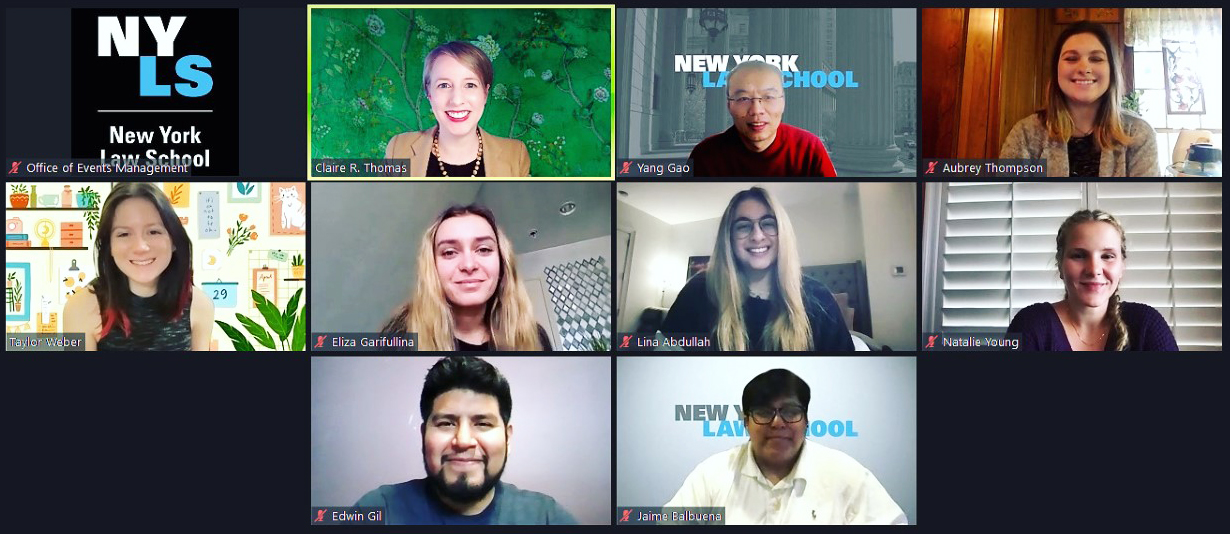
Every morning when I wake up, I strive to be a better version of myself than I was the day before, and this clinic has given me that opportunity to push myself beyond my comfort zone and challenge myself to learn more. Even though pushing myself beyond my comfort zone is not easy, I am improving and becoming a stronger more resilient version of myself every single day.
– Carolina (Lina) Abdullah 3L
Being a part of the Asylum Clinic is one of the highlights of my law school career. It provided me an opportunity to use the skills I gained in the classroom to provide an essential service to people who most need it. Though challenging and stressful, the work I did on behalf of the clinic was always rewarding and I am proud to have been a member.
– Edwin Gil ’21
I learned so much about how the world works, how to manage my clients, how to write emotionally yet professionally, how to convey confidence, how to interview clients, how to collaborate with others, how to do research efficiently, how to work with an interpreter, how to prioritize my mental health, how to be open-minded, how to control my emotions, and countless more invaluable skills.
– Jaime Balbuena Hernandez 3L
COVID-19 has been a horrible moment in our history, but there have been some spots of light in the darkness, like our clinic being able to help more people due to online meetings and phone calls. This year has been a year in progress, but it has not been without its triumphs.
– Aubrey Thompson ’21
A lot of our Al Otro Lado and John Jay clients have been through horribly traumatic experiences, and they had to recollect these to us, in detail, several times. Experiencing this secondhand can inflict trauma fatigue on you too. A lot of my classmates and myself found ourselves crying after screenings, struggling to process and respond to what we’d heard. Ultimately, some of the best advice I’d found for coping was to leave time for yourself. Often in our zeal to help our clients, we lose ourselves in their stories. But we can’t show up for them effectively if we aren’t showing up for ourselves too.
– Taylor Weber 3L
Thank You
Our Clinic Year would not have been possible without the support, guidance, and hard work of many individuals and organizations.
From the NYLS community: Diane and Arthur Abbey, Anthony Crowell, William LaPiana, Jorge Rodriguez, and the OCEL Faculty and Staff
Special Thanks to Caitlin McGuire
Hanadi Doleh of the Interfaith Center
Debbie Lee of The Legal Aid Society
Denise Vivar of John Jay College’s Immigrant Student Success Center
Nicole Elizabeth Ramos, Alejandra Martinez, and Lily Kurtz of Al Otro Lado
Our talented interpreters: Crismelly Morales, Lara Norgaard, Cristina Rachmanis, volunteer interpreters from Al Otro Lado, and community-based interpreters from African Communities Together
Guest Speakers: Genia Blaser, Ernie Collette, Rachel Davidson, Rebecca N. Eichler, Hannah Flamm, Karelle Fonteneau, Jessica Gorelick, Hon. Dorothy Harbeck, Gia Kagan-Trenchard, Olivia Kaplan ’19, Debbie Lee, Samantha Norris, Erika Vera, and Lorilei Williams.
The Libertas Center for Human Rights, Health Right International, and Veronica Mozzo of The Lennox Hill Neighborhood House for ensuring our clients’ medical and social services needs were met.
